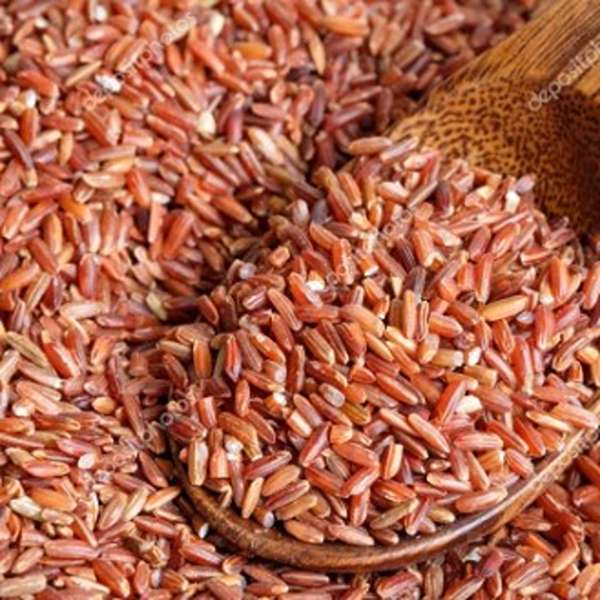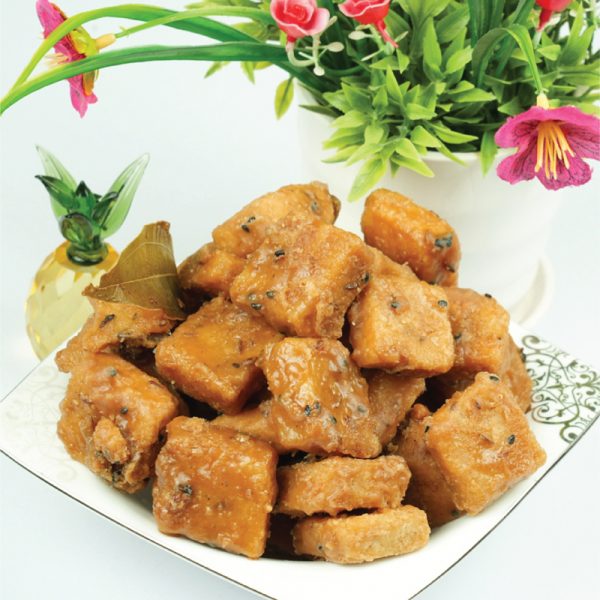Kotkoti (কটকটি)
Category
Sub-Category
Completed orders
Price
Delivery Cost
Minimum Order
Location
Kotkoti (কটকটি) from Mahasthan (or Mohasthan) in Bogura, Bangladesh, is a famous traditional dry sweet snack with a long-standing cultural and culinary significance in the region. Often sold near the historic Mahasthangarh archaeological site, it’s both a local treat and a popular souvenir for visitors.
🍬 What Is Kotkoti?
Kotkoti is a hard, brittle sweet, typically made from a mixture of flour (usually wheat or rice), sugar or jaggery, and sometimes a bit of oil or ghee. It is:
-
Deep-fried or baked, then allowed to harden into a crunchy, dry form.
-
Sometimes flavored with cardamom or fennel seeds for added aroma.
⭐ Key Qualities
| Quality | Description |
|---|---|
| Texture | Hard, crunchy, and brittle — it "snaps" when you bite into it. |
| Taste | Sweet (sometimes mildly spiced), often with a hint of caramelized sugar or jaggery. |
| Shelf Life | Long-lasting when stored in dry conditions — great as a travel snack or gift. |
| Appearance | Usually rectangular or diamond-shaped, golden brown in color. |
🏺 Cultural Significance
-
Mahasthan Kotkoti is a heritage snack—associated with rural fairs, religious festivals, and local tourism.
-
Commonly enjoyed with tea, especially in the afternoon.
-
Often bought by pilgrims and tourists visiting the Mahasthangarh historical site, adding to its nostalgic and cultural value.
🛒 Where to Find
-
Sold in local sweet shops or roadside stalls in and around Mahasthan/Bogura.
-
Sometimes labeled as “Mahasthaner Kotkoti” to emphasize its origin and authenticity.
📝 Summary:
Mahasthan's Kotkoti is a crispy, sweet, dry food with roots in Bangladeshi tradition. Simple in ingredients but rich in flavor and history, it's a must-try for those exploring the culinary heritage of the Bogura region.
You may like this
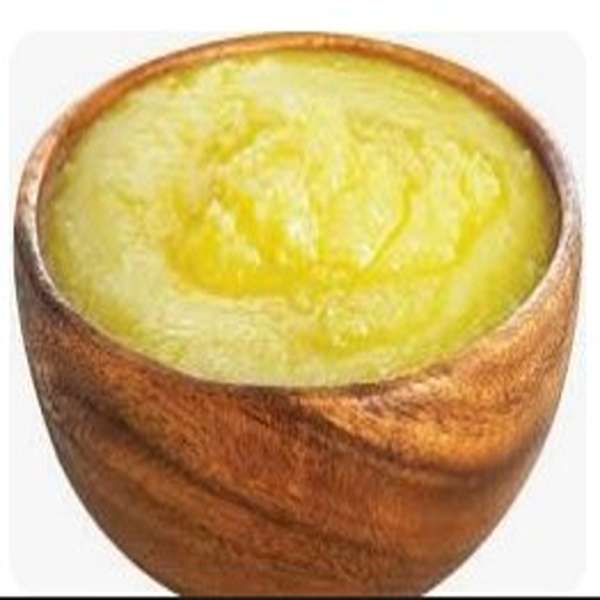
Ghee
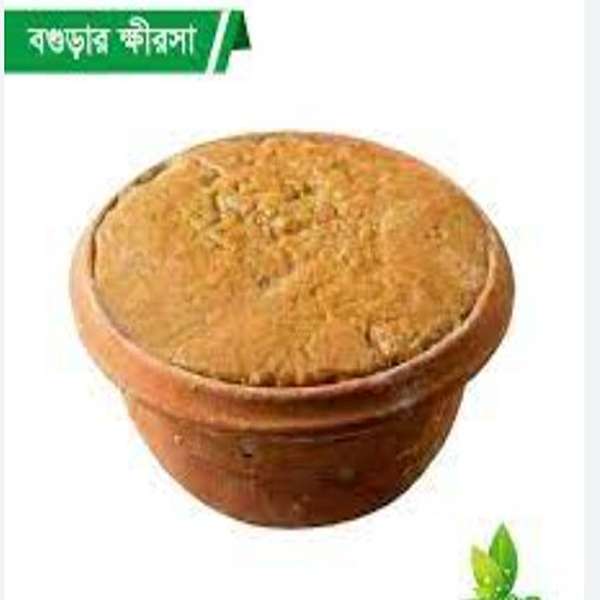
Khirsha
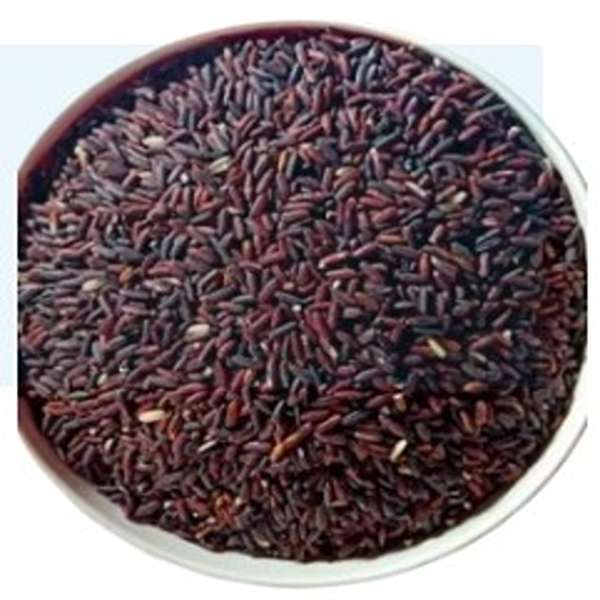
Rice (Black)
